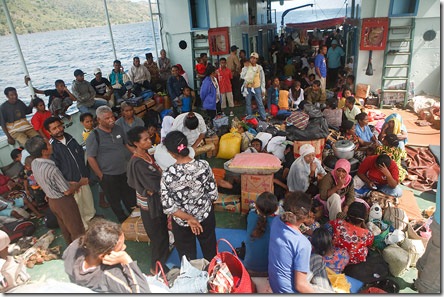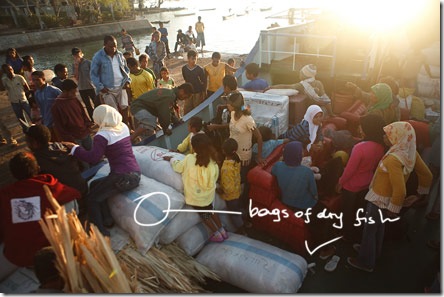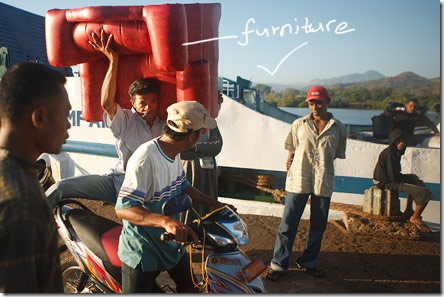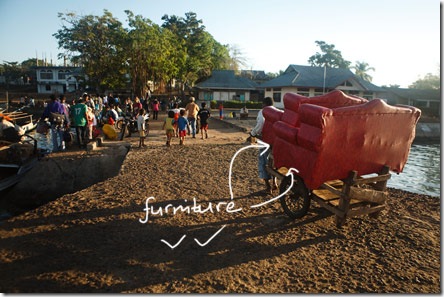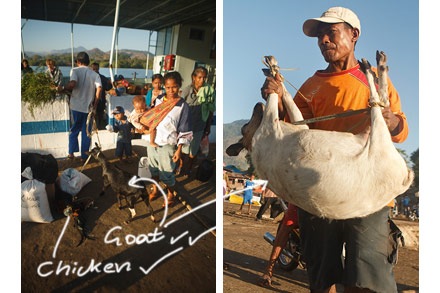I’ve been on the road in Eastern Europe for about a month and a half now and I’m kinda tired. Perhaps it’s the road, perhaps it’s the fact that there has been relatively little photography or maybe it’s the bad weather, which has contributed to the lack of photography.
Perhaps it’s the stupid decisions I’ve made before leaving – like taking a 25 year old car on a 5000 + km journey. In Asia transport trouble often led me to make new friends and gave me a glimpse into their worlds. Believe it or not, leaving yourself vulnerable in a difficult situation can really show you what a certain culture/people is like and that can make any transport trouble pretty bearable. In the places I’ve traveled in Asia there’s always a positive aspect that emerged, sometimes something as profound as the affirmation of the great potential of human kindness. When a stern looking desert man who speaks no word of English sees you’re in trouble, goes 10 km one way and back to bring some tools to fix your motorbike and then, after all that invites you for tea and chapattis with his family, insisting that you come back for lunch, well that makes any human being with emotions almost teary eyed.
My experiences in Eastern Europe (not including Belarus) have been pretty far from anything like that. They’ve mostly been all about paying, and paying lots. The mechanic doesn’t invite you for lunch either, and doesn’t introduce you to his family, which is obviously totally understandable, but it sure puts things into perspective. Why do people in India and Indonesia do that? Are they so much more hospitable and open to human interaction than Europeans? I guess in general, the answer is “yes” and I guess that’s why I love being there so much.
The sole exception of a sort happened in Maramures, Romania. My car’s exhaust pipe fell apart after I hit a pot-hole, there was no equipped garage nearby and the only mechanic was one with a very simple set-up. We couldn’t drive too far with the exhaust dragging on the ground and so we had to act on the spot. The mechanic had enough sympathy to understand that and came up with a solution. It was decided that everyone who was there – me, two guys I traveled with, the mechanic and his friend were gonna push the car on its’ side, so the exhaust pipe could be welded together. The four of us were slightly short of muscle power and a passing-by neighbor was asked to help. Without any hesitation he did.
We managed to sort everything out and I was back on the road, thanks to the resourcefulness of these villagers from Maramures. That was about as close as I’ve come to an Indian experience in Europe.
Why does any of this matter? It doesn’t really, if I don’t think about it, but as mentioned, I feel these situations help me put things into perspective, to appreciate the countless amazing moments that have filled my life while I’ve been traveling. They help me gain some sort of an understanding of this crazy world we live in and that in turn can’t be all that bad for my photography.
I don’t advise anyone to do what I’ve been doing – driving in a 25 year old car, I mean. But when I think about it, I got myself the best thing I could can afford at the time, the other option would be not to go at all. I’ve been my own guinea-pig, seeing how far I can go and what adventures and experiences will come my way. I did all the main things I wanted and I can’t complain about that.
Perhaps I’ve been spoilt by the kindness of the amazing strangers who have come my way in the past. Typing this in an overpriced hotel room and paying for a crappy internet connection somewhere on the Slovenian border in Italy, I’m thinking that perhaps it’s time to get back to “reality”.
Tomorrow I will see if my car is fixable. It was a little unnerving to see smoke come out from under the bonnet, you don’t need to be a mechanic to know that’s not the best sign.
My little adventure is almost over, I originally planned to return to Belarus around the middle of December, I still hope that I can drive back and not have to fly there. :)
The top image is from Bled, Slovenia – an unbelievably beautiful place. I was lucky enough to have a sunny day when I arrived, it was all rain and fog later. The next image is me with my car flipped on the side, while the exhaust pipe was getting welded.

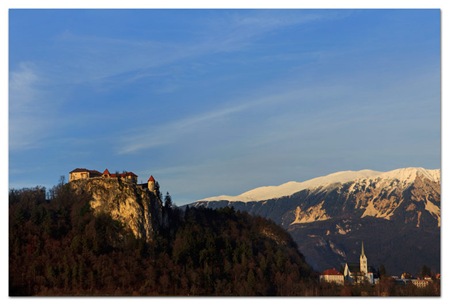
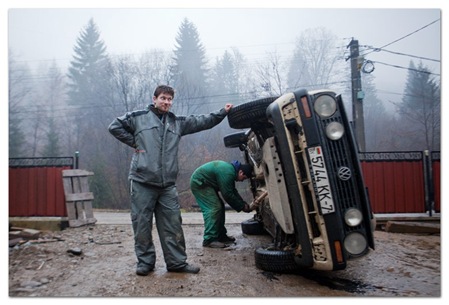


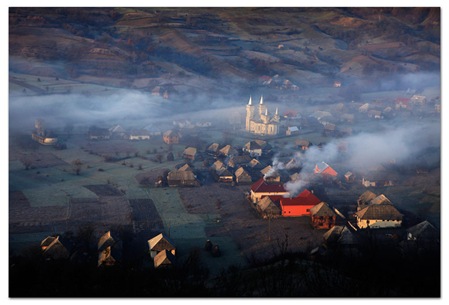 That’s the view the shepherd has when he herds the village’s sheep.
That’s the view the shepherd has when he herds the village’s sheep.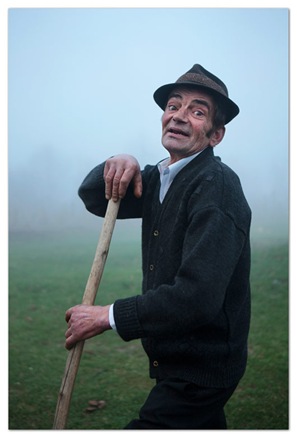

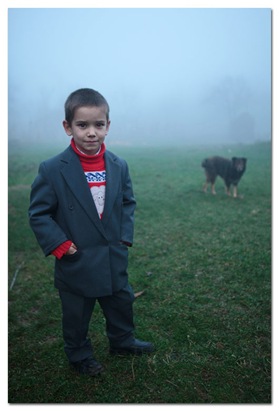
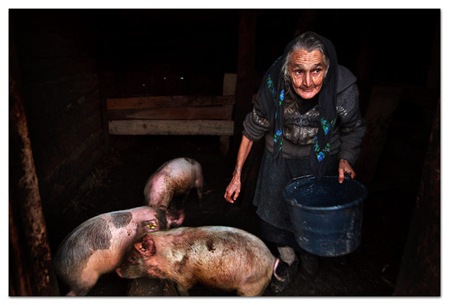
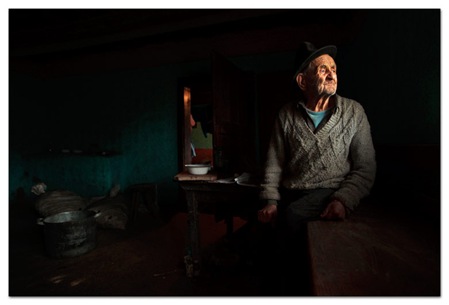
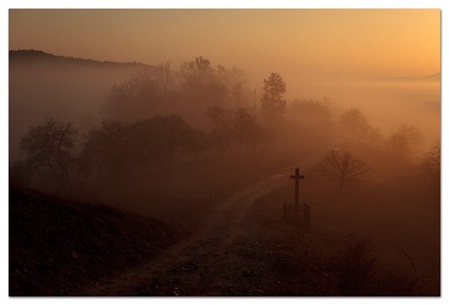
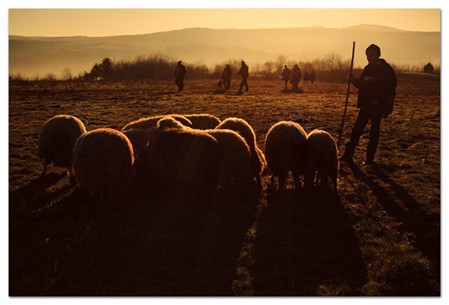

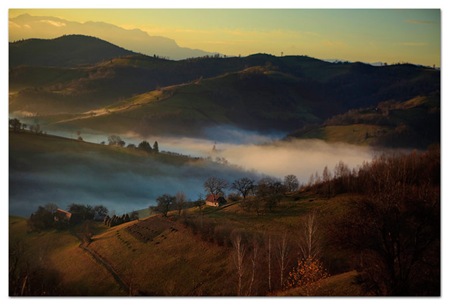 I finally got a chance to shoot what I wanted, the way I wanted in a small Transylvanian village called Holbav. That’s where the photo of me in the oxen cart was taken (last post).
I finally got a chance to shoot what I wanted, the way I wanted in a small Transylvanian village called Holbav. That’s where the photo of me in the oxen cart was taken (last post). 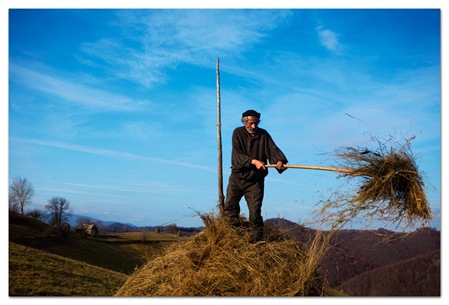 Dominicu collecting hay, which had been drying for a couple of weeks prior.
Dominicu collecting hay, which had been drying for a couple of weeks prior.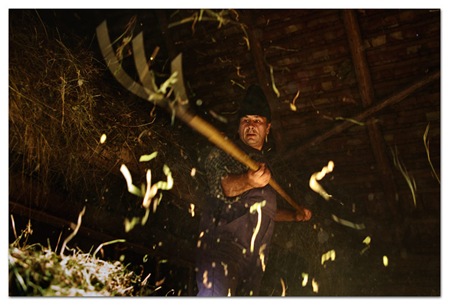
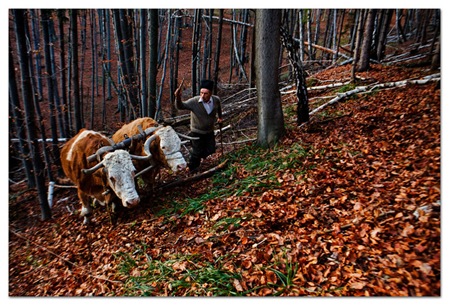


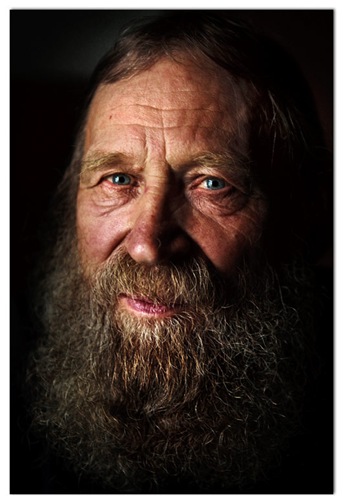 I am getting ready to drive from Belarus to Romania via Poland, Slovakia and Hungary, but here’s a post before I go.
I am getting ready to drive from Belarus to Romania via Poland, Slovakia and Hungary, but here’s a post before I go.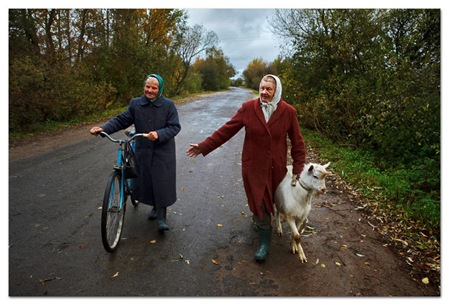
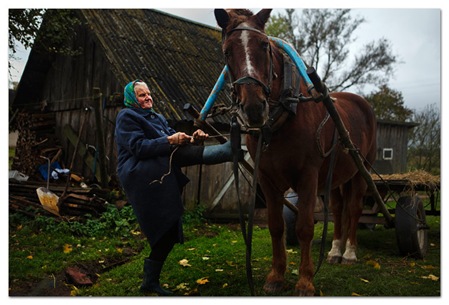


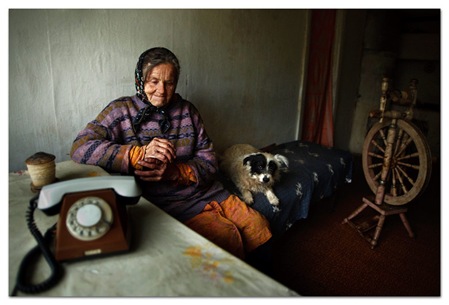
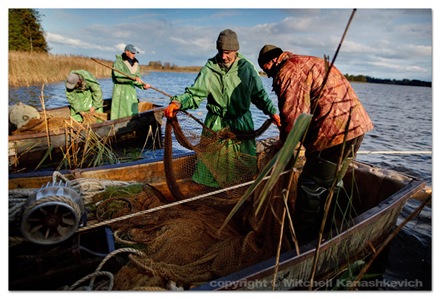
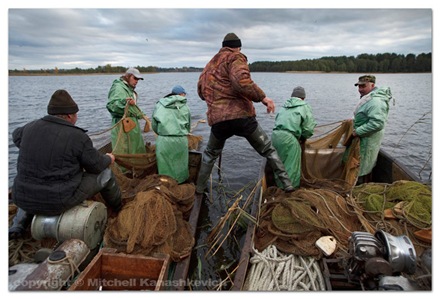
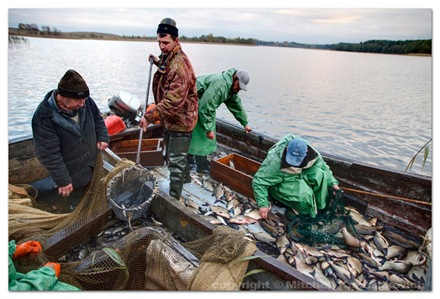

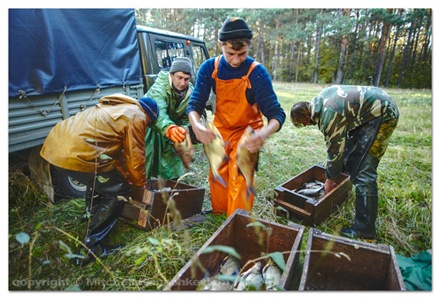
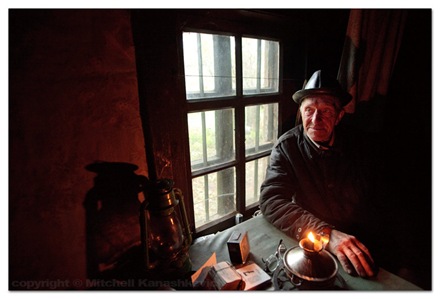
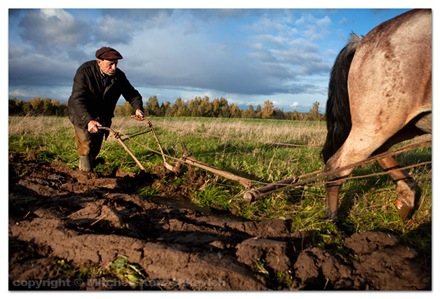
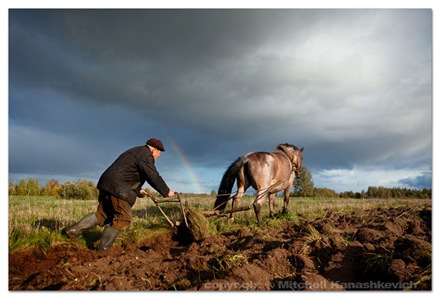
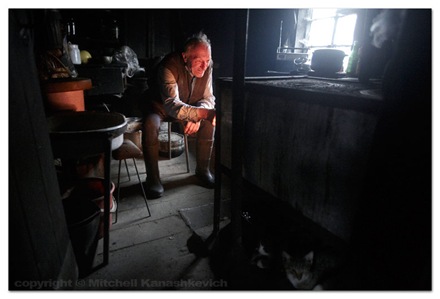
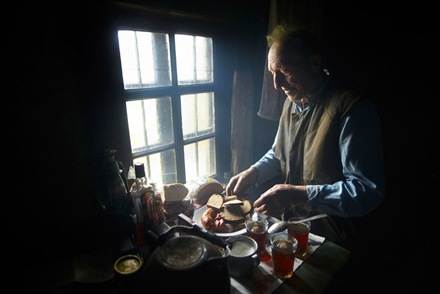
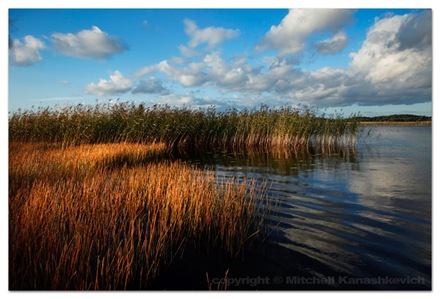
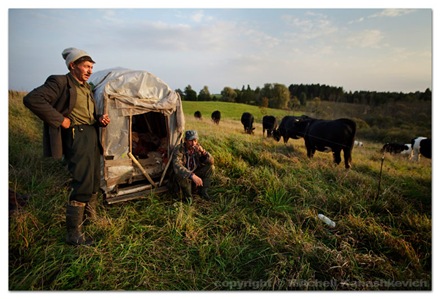

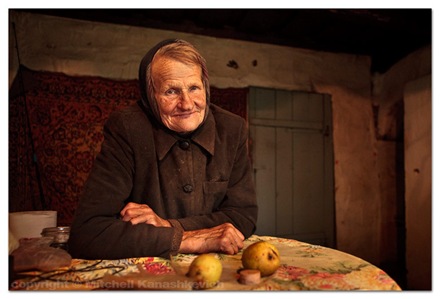
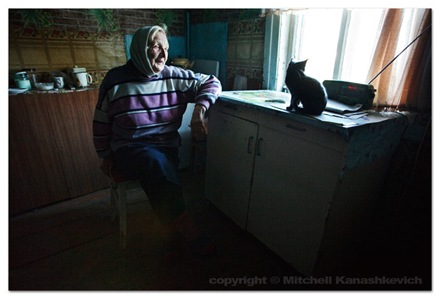
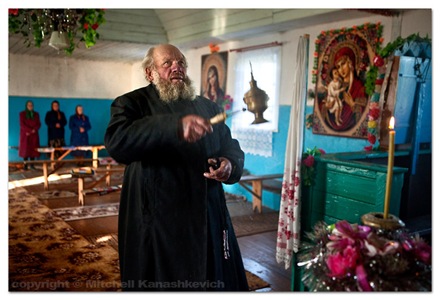
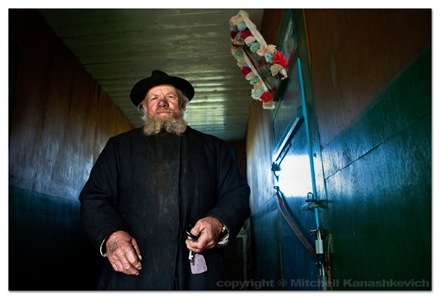
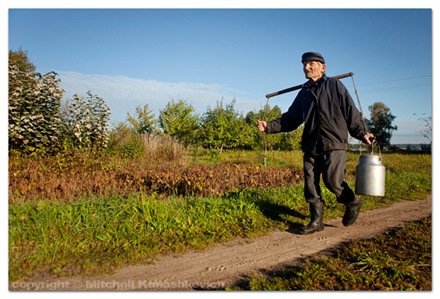 Every morning this man waits by the side of the road to sell is milk to large government-run co-operatives. Here he is returning home after selling the milk.
Every morning this man waits by the side of the road to sell is milk to large government-run co-operatives. Here he is returning home after selling the milk. 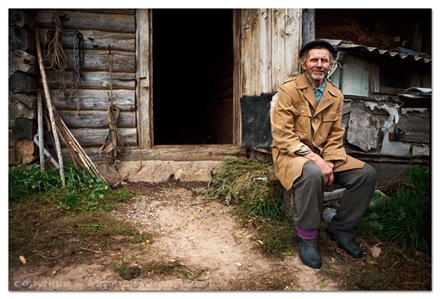 Grandpa Alexei was very shy about being photographed. When it comes to photos initial shyness is a common reaction amongst most of the older people. They’ll usually say something along these lines – “Why would you want to photograph me? I’m not shaven” or “I haven’t even got my teeth”. To me however these faces are amazing, they say so much without the need for words. After a short chat and me explaining what I do everyone usually agrees to have their picture taken.
Grandpa Alexei was very shy about being photographed. When it comes to photos initial shyness is a common reaction amongst most of the older people. They’ll usually say something along these lines – “Why would you want to photograph me? I’m not shaven” or “I haven’t even got my teeth”. To me however these faces are amazing, they say so much without the need for words. After a short chat and me explaining what I do everyone usually agrees to have their picture taken.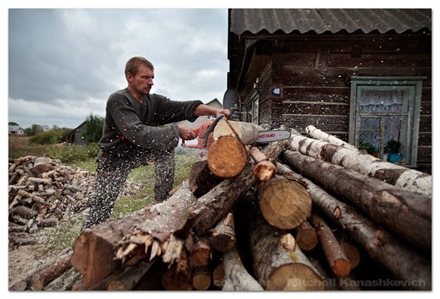 The modern way of preparing firewood – with a chainsaw. The man – Vasily is one the few younger men choosing to live his life in the countryside. He does however work outside of his village, on construction sites in cities as large and as far as Moscow.
The modern way of preparing firewood – with a chainsaw. The man – Vasily is one the few younger men choosing to live his life in the countryside. He does however work outside of his village, on construction sites in cities as large and as far as Moscow.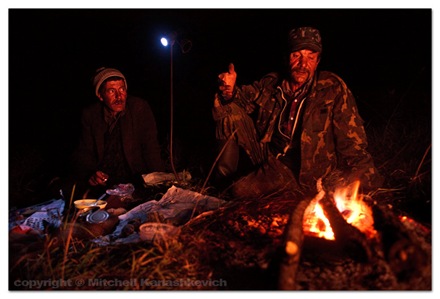
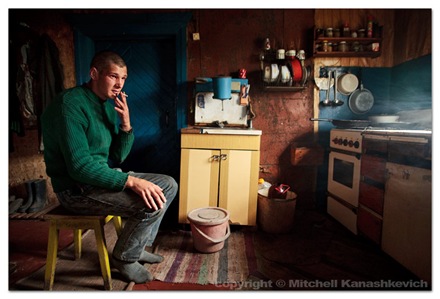
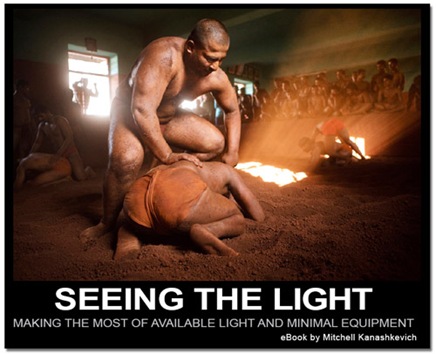

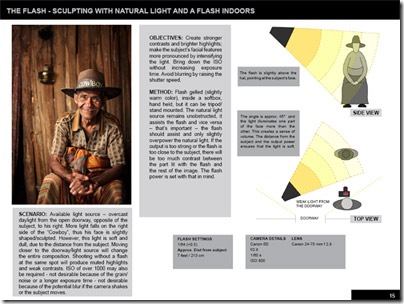
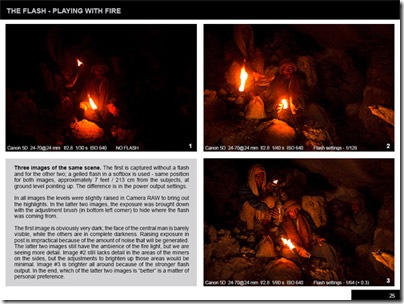
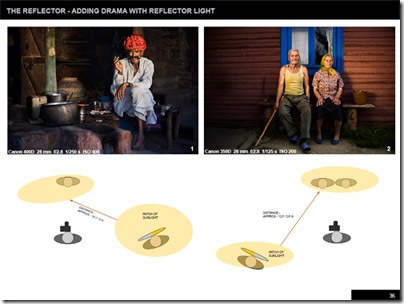
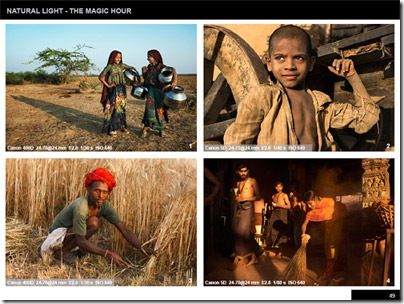 Sample images taken under natural light with complete Exif data
Sample images taken under natural light with complete Exif data









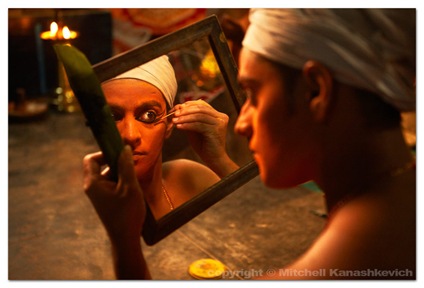 As I sit and type this blog entry in the lounge room of my wife’s parents’ apartment and wait for the “higher powers” (not supernatural ones, just ones with connections) to tell me when I can go out and photograph what I want, I realize – I haven’t shot anything meaningful since I left India. That was in March!
As I sit and type this blog entry in the lounge room of my wife’s parents’ apartment and wait for the “higher powers” (not supernatural ones, just ones with connections) to tell me when I can go out and photograph what I want, I realize – I haven’t shot anything meaningful since I left India. That was in March!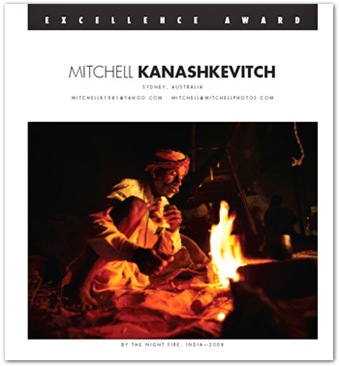
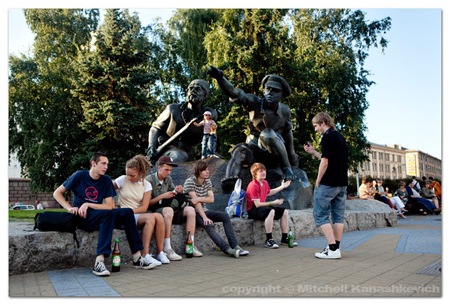
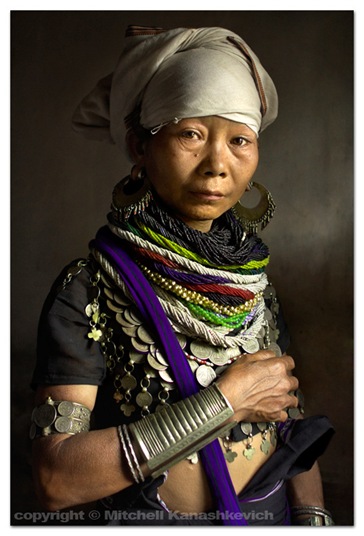 Since I’ve been pretty much consumed by all things light related recently, writing texts for my new e-book, I decided to write a post in the spirit of, you guessed it - light.
When I’m shooting, particularly when shooting portraits I have an obsession with creating a sense of volume and depth, making my photographic subjects appear sculpted, three dimensional. Turns out there has been a word for this “look”, since long before photography. The word is - “chiaroscuro”.
Since I’ve been pretty much consumed by all things light related recently, writing texts for my new e-book, I decided to write a post in the spirit of, you guessed it - light.
When I’m shooting, particularly when shooting portraits I have an obsession with creating a sense of volume and depth, making my photographic subjects appear sculpted, three dimensional. Turns out there has been a word for this “look”, since long before photography. The word is - “chiaroscuro”.